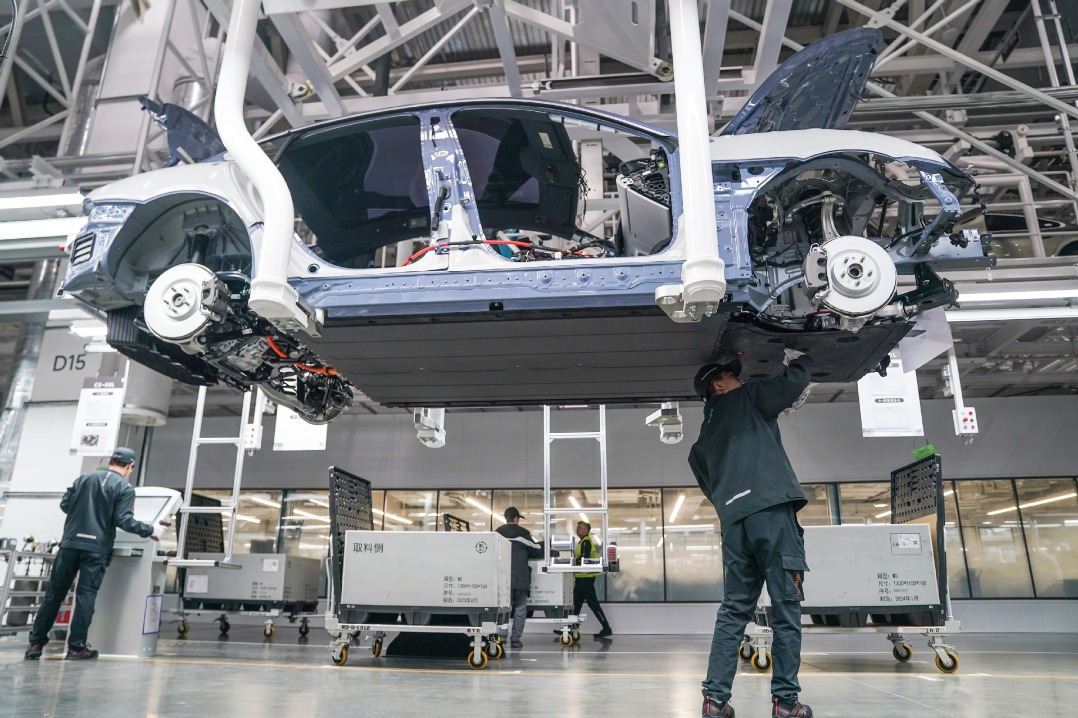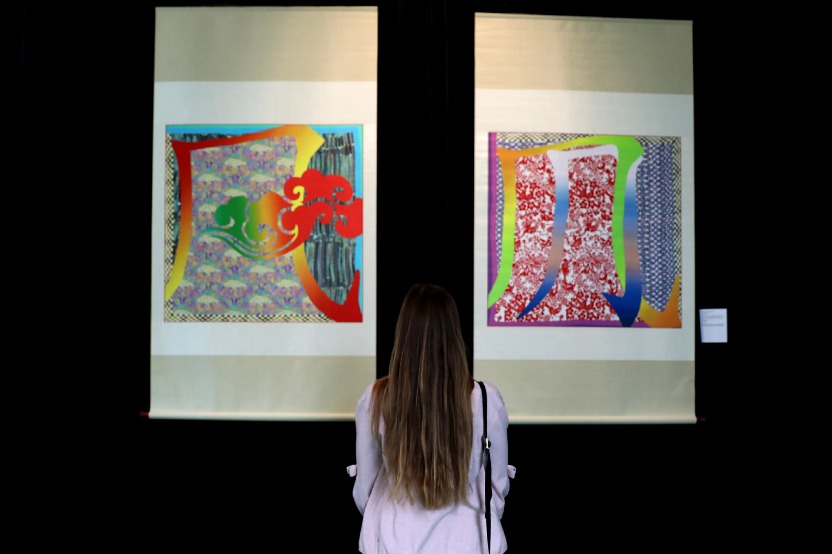The facts and China's position on China-US trade friction
China Daily | Updated: 2018-09-26 08:00
2. Baseless accusations against other countries' industrial policies
As an effective tool to remedy market failures and improve social welfare, industrial policies should not be subject to groundless accusations as long as they are consistent with WTO rules.
The US was among the first to adopt industrial policies. The US rarely acknowledges the adoption of such policies, but its government has in fact undertaken many more industrial policies than the official narrative allows. 58 Ranging from technological innovation incentives and government procurement, through subsidies on specific sectors and companies, to tariff protection and trade agreements, these industrial policies have played a vital role in enhancing the competitive strength of US industries.
To strengthen its global leadership in manufacturing, the US has in recent years formulated a large number of industrial policies. In the 21st century, and in particular over the decade since the outbreak of the international financial crisis, the US has introduced a number of industrial policies including A Framework for Revitalizing American Manufacturing (2009), 59 the United States Manufacturing Enhancement Act of 2010, 60 the Advanced Manufacturing Partnership (2011), 61 A Manufacturing Renaissance: Four Goals for Economic Growth (2011), 62 A National Strategic Plan for Advanced Manufacturing (2012), 63 A Strategy for American Innovation (2011) 64 and the National Network of Manufacturing Innovation: A Preliminary Design (2013). 65 Such plans are also made for key areas such as the Grid Modernization Initiative (2011), the Clean Energy Manufacturing Initiative (2013), 66 A Roadmap for U.S. Robotics-From Internet to Robotics (2013), 67 the Measurement Science Roadmap for Metal-Based Additive Manufacturing (2013), 68 the National Artificial Intelligence Research and Development Strategic Plan (2016) 69 and A National Machine Intelligence Strategy for the United States (2018). 70
These policies include, among others, specific measures to adjust and improve government investment to scale up input in manufacturing, to increase government procurement of certain products, to provide credit support to export companies to expand global market, and to fund innovation in key areas of manufacturing.
While formulating and promoting its own industrial policies, the US has made unwarranted accusations against other countries' justified industrial policies. The UNCTAD World Investment Report 2018 pointed out that responding to the opportunities and challenges associated with a new industrial revolution, at least 101 economies across the developed and developing world (accounting for more than 90 percent of global GDP) have adopted formal industrial development strategies over the past 10 years. It was against this backdrop, inspired by US policy papers such as A National Strategic Plan for Advanced Manufacturing and A Strategy for American Innovation, and based on its own national conditions, that China formulated its Made in China 2025 program.
Made in China 2025 is an introductory paper describing a vision, and a market-centered, open and inclusive blueprint for development. The Chinese government has maintained that Made in China 2025 is an open system that is applicable to both domestic and foreign investment. Chinese leaders have stated on several occasions that China welcomes foreign companies to participate in Made in China 2025. China's State Council released a notice in 2017 on measures to expand opening up and actively utilize foreign investment, which made clear that Made in China 2025 policies apply equally to foreign-invested companies and Chinese companies. The paper was formulated in strict accordance with WTO rules to ensure the relevant policies are legitimate, transparent, fair and non-discriminatory in nature. Many foreign enterprises, including US companies, have participated in programs under Made in China 2025 since its implementation.






















